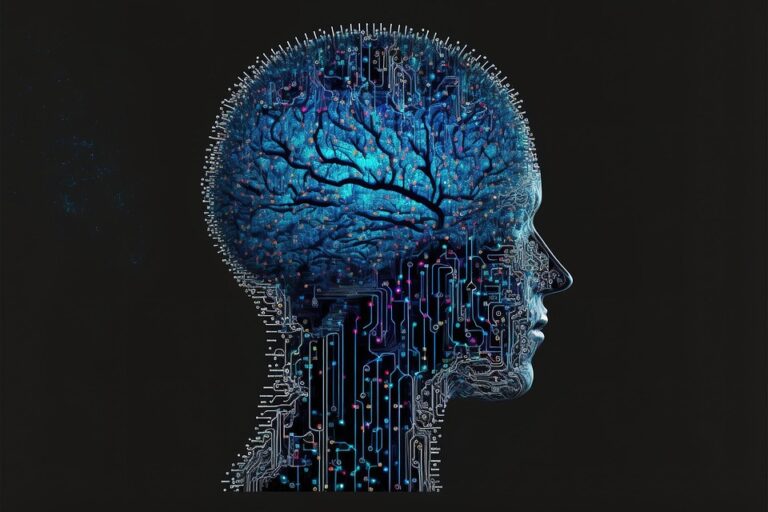Unlocking the Mysteries of the Universe: A Dive into Particle Physics

As we gaze at the night sky, filled with stars, planets, and galaxies, one can’t help but wonder about the fundamental constituents that make up our universe. Particle physics, a branch of physics, seeks to answer these profound questions by studying the smallest building blocks of matter and the forces that govern their interactions.
This fascinating field not only provides insight into the origins of everything around us but also drives technological advancements that shape our daily lives.
Understanding Particle Physics
Particle physics delves into the world of subatomic particles—entities smaller than atoms. These particles include the well-known protons, neutrons, and electrons, as well as a host of other particles such as quarks, leptons, and bosons.
The Standard Model of particle physics is a theoretical framework that describes these particles and the forces acting between them, excluding gravity. It encompasses three of the four fundamental forces: electromagnetic, weak nuclear, and strong nuclear forces.
The Standard Model: A Brief Overview
The Standard Model is akin to a periodic table for particle physicists. It categorizes particles into two main groups: fermions and bosons.
Fermions, which include quarks and leptons, are the building blocks of matter. Quarks combine to form protons and neutrons, while leptons include electrons and neutrinos. Bosons, on the other hand, are force carriers that mediate interactions between fermions.
Notable bosons include the photon, gluon, W and Z bosons, and the Higgs boson.
The Role of the Large Hadron Collider
One of the most significant achievements in particle physics was the discovery of the Higgs boson in 2012 at the Large Hadron Collider (LHC). The LHC, located at CERN (the European Organization for Nuclear Research) in Switzerland, is the world’s largest and most powerful particle accelerator.
By colliding protons at nearly the speed of light, the LHC recreates conditions similar to those just after the Big Bang, allowing scientists to probe the fundamental structure of matter.
Exploring the Unseen: Dark Matter and Dark Energy
While the Standard Model has been remarkably successful, it is still incomplete. One of the most significant mysteries is the nature of dark matter and dark energy, which together make up about 95% of the universe.
Dark matter is an invisible substance that holds galaxies together, while dark energy is a mysterious force driving the accelerated expansion of the universe. Despite their profound impact on the cosmos, these phenomena remain elusive, challenging physicists to push the boundaries of their understanding.
Dark Matter: The Invisible Pillar
Dark matter does not emit, absorb, or reflect light, making it invisible and detectable only through its gravitational effects on visible matter.
Various theories propose the existence of new particles, such as WIMPs (Weakly Interacting Massive Particles) or axions, that could constitute dark matter. Experiments worldwide, including those at the LHC and underground detectors, are actively searching for these elusive particles.
Dark Energy: The Enigmatic Force
Dark energy, on the other hand, is even more mysterious. Discovered through observations of distant supernovae, it is thought to be responsible for the accelerated expansion of the universe.
One hypothesis suggests that dark energy might be a property of space itself, known as the cosmological constant. However, understanding its true nature remains a major challenge for theoretical physics.
The Impact of Particle Physics on Technology
Beyond unraveling cosmic mysteries, particle physics has a profound impact on technology and society. The development of particle accelerators and detectors has led to numerous technological innovations. For instance, the World Wide Web was invented at CERN to facilitate information sharing among scientists.
Additionally, medical technologies such as PET (Positron Emission Tomography) scanners and radiation therapy for cancer treatment have roots in particle physics research.
Particle Accelerators: Beyond Fundamental Research
Particle accelerators, initially developed for studying fundamental particles, have found applications in diverse fields.
They are used in material science for analyzing the structure of complex materials, in archaeology for carbon dating, and in industry for semiconductor manufacturing. Their impact on scientific research and industrial processes underscores the far-reaching influence of particle physics.
Data Analysis and Machine Learning
The vast data generated by particle physics experiments has driven advancements in data analysis and machine learning. These technologies, honed in the search for rare particle interactions, are now applied in various domains, from finance to healthcare, revolutionizing how we analyze and interpret large datasets.
The Future of Particle Physics
As we stand on the brink of new discoveries, the future of particle physics is both exciting and challenging. Upcoming experiments and next-generation accelerators, such as the Future Circular Collider (FCC) and the International Linear Collider (ILC), aim to explore uncharted territories beyond the Standard Model.
These endeavors could unveil new particles, forces, or even dimensions, reshaping our understanding of the universe.
Interdisciplinary Collaborations
The future of particle physics also lies in interdisciplinary collaborations. By integrating insights from cosmology, astrophysics, and quantum computing, scientists can develop more comprehensive theories and address complex questions.
Such collaborations are crucial for tackling the grand challenges of understanding dark matter, dark energy, and the fundamental nature of reality.
Inspiring the Next Generation
Particle physics continues to inspire and captivate the imagination of scientists and the public alike. Educational outreach programs and science communication initiatives play a vital role in fostering interest in this field.
By engaging young minds and nurturing curiosity, we can ensure a steady influx of talent and innovation, driving the future of particle physics.
Particle physics, with its quest to uncover the fundamental laws of nature, is a testament to human curiosity and ingenuity. As we explore the subatomic realm, we not only seek answers to age-old questions but also pave the way for technological advancements that benefit society.
The journey of discovery in particle physics is far from over; it is a vibrant and dynamic field that promises to unlock the mysteries of the universe, one particle at a time.






